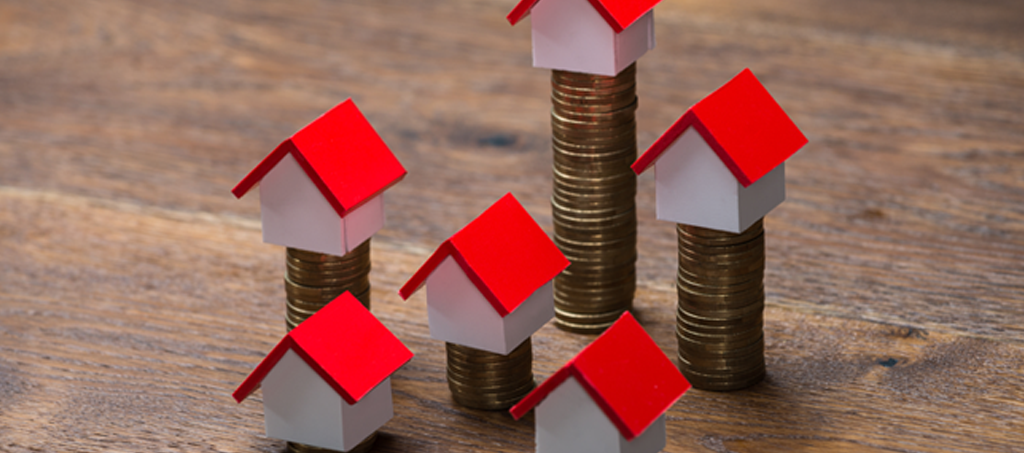BLOG
Subscribe to our newsletter
Want to know how to increase rental yield?

A large part of turning your rental property into a profitable investments comes down to how much you charge for rent. At the surface it’s a simple equation, more rent means less (or no) mortgage to cover, which means more in your bank account, but in reality, it’s a little more complex.
If you're wondering how to increase rental yield, here are a few pointers:
Keep up with the market rent
Legally, landlords can only increase the rent once every six months—with adequate notice to tenants of course. However, that doesn’t mean you should leave the rent unchanged for years on end – even if you have good, long-term tenants.
“If you get two or three years down the track and all of the sudden you’re 60, 80, 100 dollars behind the market, it’s a big step to catch up,” says Jason Waugh, manager at Lodge City Rentals.
“Most tenants will absorb a 10 to 15 dollar per week increase, but once you start to head over the 20, 25, 30 dollar range, they will tend to look for alternative accommodation,” he says.
Increasing your rent to bring it back into line with the market prices is perfectly justifiable. However, if you want to keep your tenants (especially if they are really good ones) do it incrementally.
You might be interested in our guide: Rental property management: what new landlords need to know
Think about what tenants value
One of the best ways to increase rental yield is to simply add value to the property. Think about what tenants will value—a freshly renovated kitchen and bathroom, insulation and heating, extra storage space and garage are all useful to a tenant. However, a repaved driveway, not so much.
“To give a recent example,” says Jason. “I was at a property—a standard three-bedroom house, in average condition—that was renting at around $340 per week. After repainting, recarpeting, installing a heat pump, insulation, new shower and stove, we re-entered the property onto the market with a $90 increase at $430 per week.”
Over six months, that $90 difference will generate in an extra $2,340.
The downside of renovating is that it requires cash investment—even more so for rental owners since the property needs to be vacant. When a budget can only stretch so far, it sometimes comes down to a question of which renovation adds the most to a rental yield? Jason’s answer? Adding an ancillary building.
“Putting an ancillary building at the back of a property is a no-brainer for increasing the rent yield of a property,” Jason says.
Ancillary buildings are versatile. Depending on the build, they can be a self-contained unit or an extra room, workshop or storage space. While minimum space requirements mean that not every property can have one, if you have the room, it is well worth considering.
What doesn’t increase rental yield?
Furnishing a property or including whiteware can make a home more rentable, but it doesn’t necessarily increase rental yield. Nor does property maintenance.
“Some owners will look at it and say ‘I’ll paint the outside of the property and charge an extra 50 dollars per week because of it’,” says Jason. “Sure you’re maintaining your asset, but you’re not actually adding value to the tenancy.”
Want better returns on your property investments?
Uncover six strategies to build your property portfolio in our free guide.


